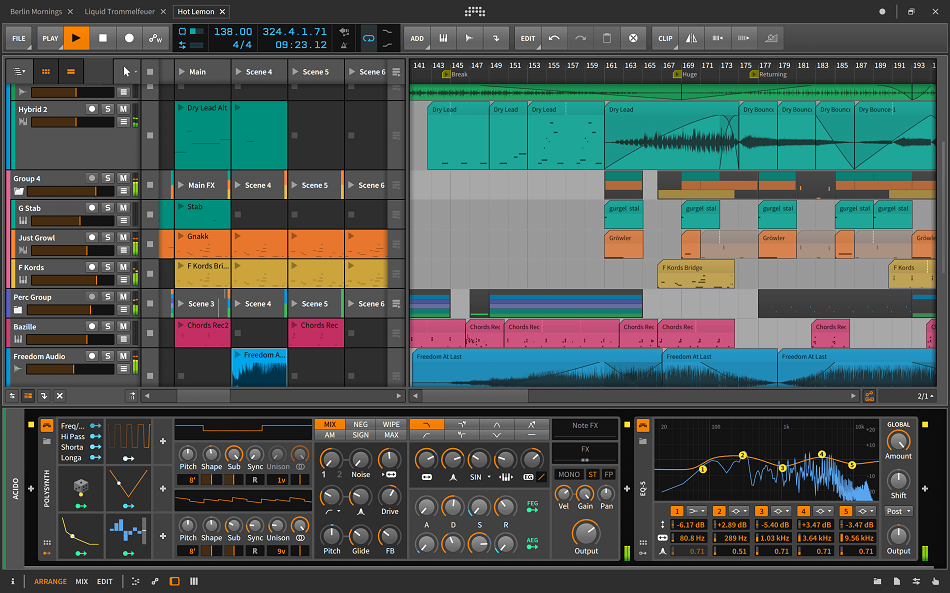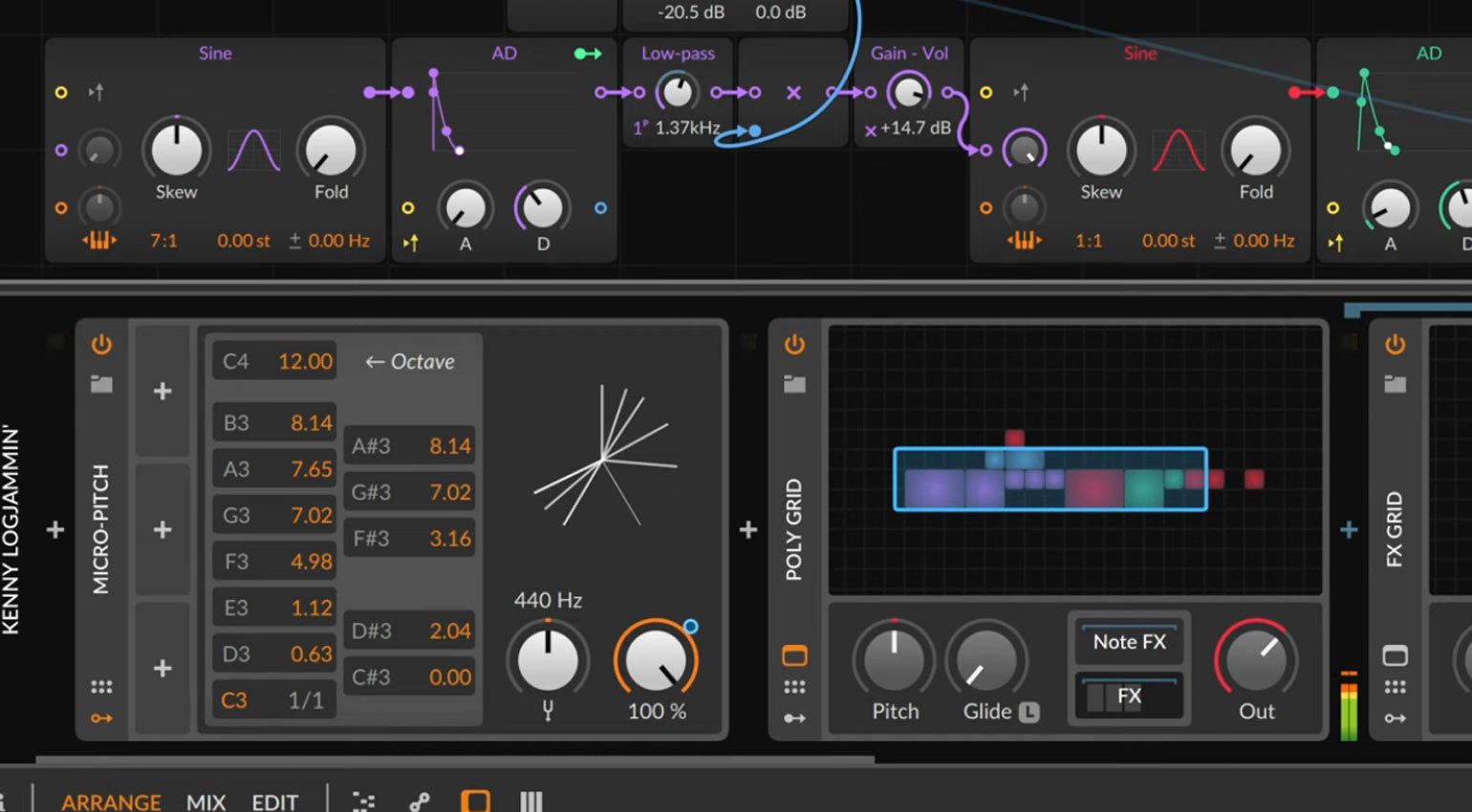


With zone parameters, stacking parameters and round-robin triggering, the potential to animate a sample set is immense.

Then each zone can set its own values for these parameters, so that different zones can have individual voice variations. Three modulation sources (labelled P1, P2 and P3) can be applied to the Sampler voice architecture (including its modulators). (Fade values can be edited in the inspector, or graphically by Alt-dragging in the column area.)Īnd just when you thought the Sampler modulation scheme couldn't get any more sophisticated, enter zone parameters. Here the zones are laid out from top to bottom, with one column for key range and one column switchable between velocity and select. If you want to see the crossfade areas, you have to switch to a second view of the zones called the 'list view'. And just to add some more zone selection options, zones can play 'round-robin', so that in any area of zone overlap the zones are triggered sequentially per note rather than all at once. And there's an additional zoning parameter called 'select', accessed by a knob in the main Sampler panel (and amenable to MIDI or automation control or modulation) you can arrange your zones to fall into areas of the select range, so that the select value dictates which zone is played on Note On. Below are parameter boxes for key and velocity, as a substitute for graphically dragging the edges of the zone boxes, and parameters for fade amount: this is where you'd set up your pitch and velocity crossfades. At the top of the pane is a group selection menu: zones can be collected into groups for editing, so that a single parameter edit can be applied to all zones in the group: useful, for example, to nudge a related set of zones up or down together in the MIDI pitch range. The zone inspector pane provides easy access to some of the most important sample parameters, such as playback and looping boundaries and tuning, but there are some new parameters here as well. Zones can overlap, and the 'expanded device view', where you set up the zones, has been improved: there's a sample drop area to the left, zones can be dragged around in the pitch/velocity space, and there's now an inspector pane for zones which allows fine-tuning of parameters. (You could overlap zones visually, but only one would be active in the overlap area.) Version 3 brings a much more sophisticated zoning scheme. Previous versions of Sampler supported zones for pitch and velocity, but in a rudimentary manner: a simple jump from one zone to another without any overlap or fading. Zone editing in the list view, showing some pitch and select crossfades in a single zone group.

Parameters such as sample source, play start and end, loop mode and location are zone-specific the play mode (Repitch, Cycles or Textures), freeze setting, filter and envelope settings are common across all zones. Everything we've described about Cycles and Textures can be applied to a setup of multiple zones. The innovative music creation and performance software.Amidst all the options for sample mangling and manipulation that have arrived in Bitwig Studio 3, it's easy to forget that Sampler is essentially designed for playing back samples from a keyboard, which implies support for multiple zones according to pitch and velocity. There are NO returns on this product, please be sure you have checked your system compatibility before you make your purchase.
#Bitwig studio 3 registration
Your registration code and instructions will be emailed to you within 30 mins or less during normal business hours.


 0 kommentar(er)
0 kommentar(er)
